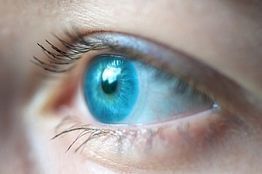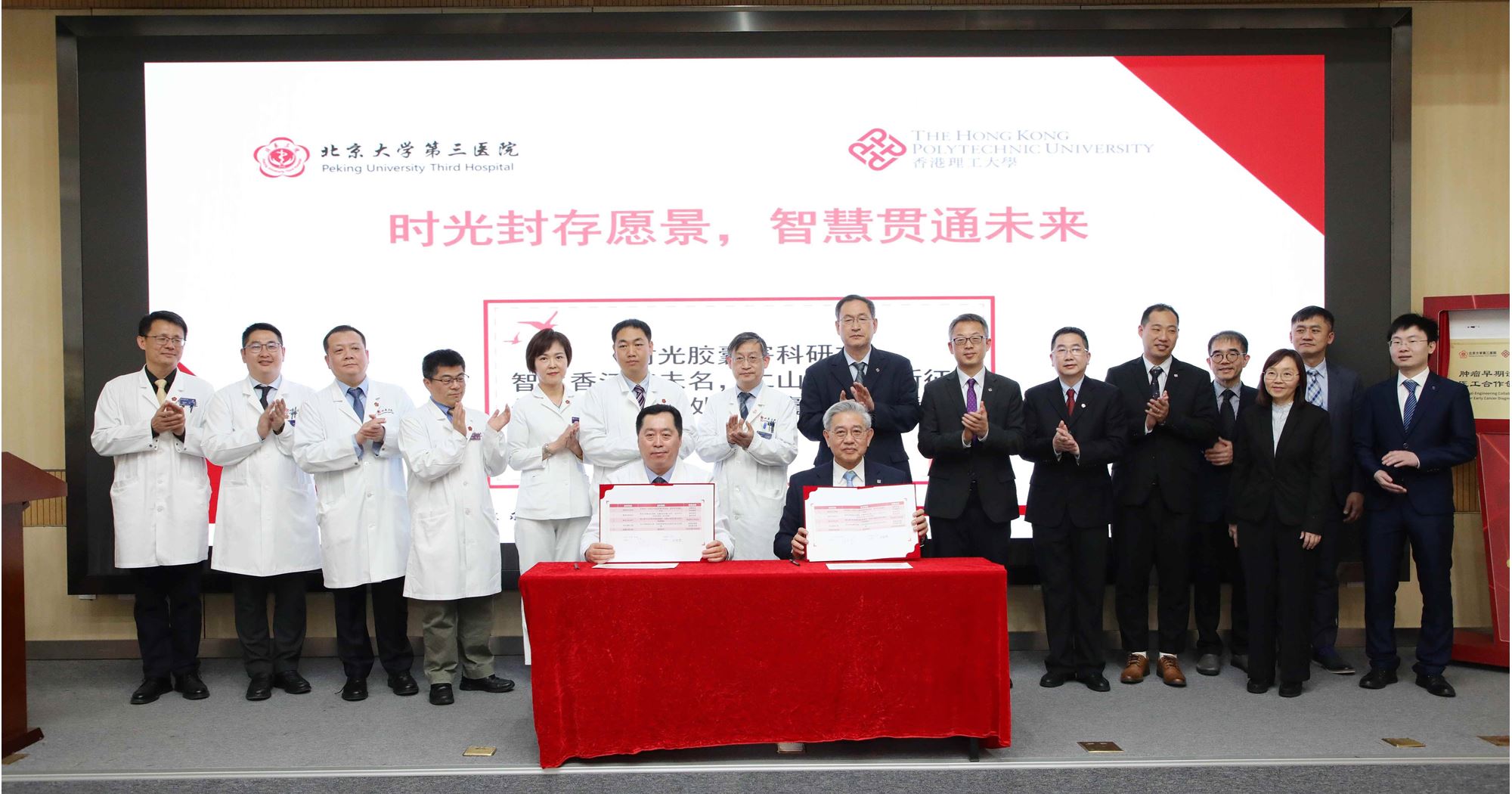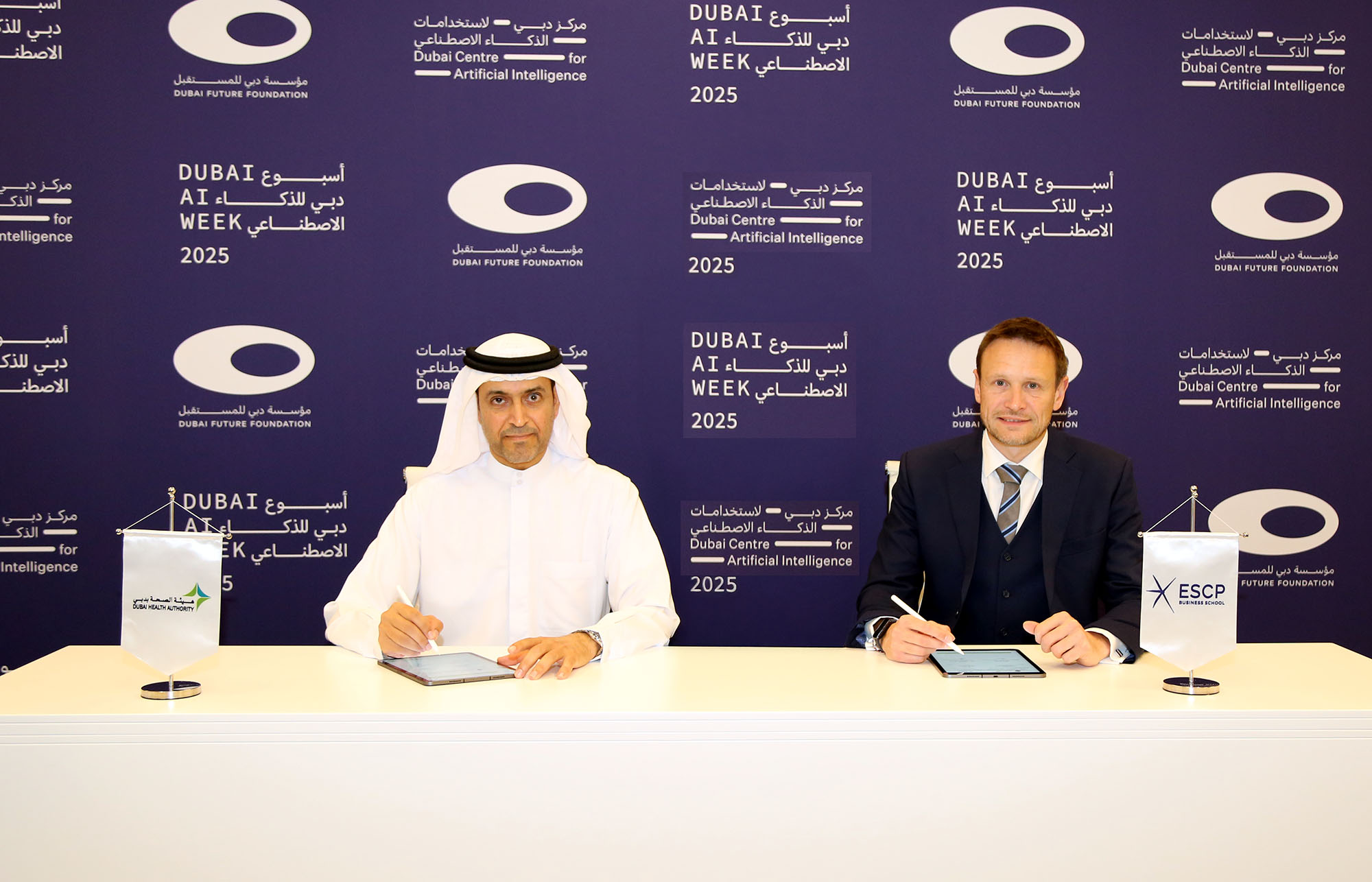
A*STAR and Japan's Topcon have collaborated to develop technology to detect major eye diseases
Singapore: A*STAR's Institute for Infocomm Research (I2R), and Topcon Corporation, Japan based ophthalmic instruments and optometrics instruments manufacturer, have collaborated to develop technology to detect major eye diseases in Singapore. The ATLANTIA (Advanced Technological Laboratory for A*STAR aNd Topcon's Innovative Alliance) joint laboratory, located in I2R's premises in Fusionopolis, will develop advanced technologies that can better detect major eye disorders and diseases such as myopia, glaucoma, and age-related macular degeneration (AMD).
Some of the eye disease where this technology would be used are:
Myopia: Singapore has one of the highest cases of myopia in the world. 28 percent of children as young as seven years old are myopic. Eight out of 10 Singaporeans who are 18 years and above are myopic.
Glaucoma: About 6 percent of the Singapore population suffers from chronic glaucoma and the disease accounts for 40 percent of blindness in Singapore.
AMD: AMD is the deterioration or breakdown of the eye's macula - a part of the retina that allows people to see fine details clearly. In Singapore, the overall risk of AMD is close to 5 percent, with males at higher risk than females. The risk increases with age, hitting 8 percent for those in their 60s and 16 percent for those in their 70s.
Such common eye ailments leading to visual impairment have a considerable economic and social impact on patients, healthcare industry and the government. Early detection can lead to better management and swifter treatment of such diseases. This could potentially reduce pain and suffering for patients.
Leveraging on the expertise and capabilities of I2R's Ocular Imaging Programme and Topcon Corporation, the joint laboratory will develop automated intelligent technologies aimed at improving accuracies and reducing the time taken to detect eye diseases and disorders. These technologies will be able to automatically process and analyse eye images captured by ocular imaging equipment, to eventually identify the diseases accordingly.
The collaboration will allow for the future screening of glaucoma, myopia and AMD during routine eye checks at hospitals and at optical shops as an added convenience, as the technology can be embedded into eye screening machines.
In addition, a cloud based data management system will be co-developed in this joint laboratory to enable better integration of innovative software and hardware technologies to provide more widespread access for doctors, opticians and patients. The ATLANTIA joint laboratory will use Topcon's Swept-Source OCT (Optical Coherence Tomography), an imaging technology that enables eye doctors to view cross-sections of the eye and determine the underlying causes of eye diseases. The joint laboratory will also tap on I2R's Ocular Imaging Programme's vast experience and expertise on inter-disciplinary eye-related research using a suite of ocular imaging-based computer-aided diagnosis/screening systems for major eye diseases.
"It is a great pleasure to establish a joint laboratory with I2R. For early detection of eye diseases, Topcon is developing the cloud based eye screening and management system. I2R has capabilities in developing the image recognition software from horizontal and cross-sectional ocular images which can be incorporated into our system. We acknowledge I2R's further potential to make mutual growth for early detection of eye disease," said Mr. Yasufumi Fukuma, President of Eye Care Company, Topcon Corporation.
"Our eyes are the windows to the world. Early detection of eye diseases such as glaucoma, myopia and age-related macular degeneration can potentially reduce healthcare costs and prevent and reduce pain and suffering for the patients. We are very happy to work with Topcon Corporation to develop a wide spectrum of capabilities to help detect these common eye ailments before they deteriorate and cause loss of sight," said Dr. Tan Geok Leng, Executive Director, Institute for Infocomm Research (I2R).




